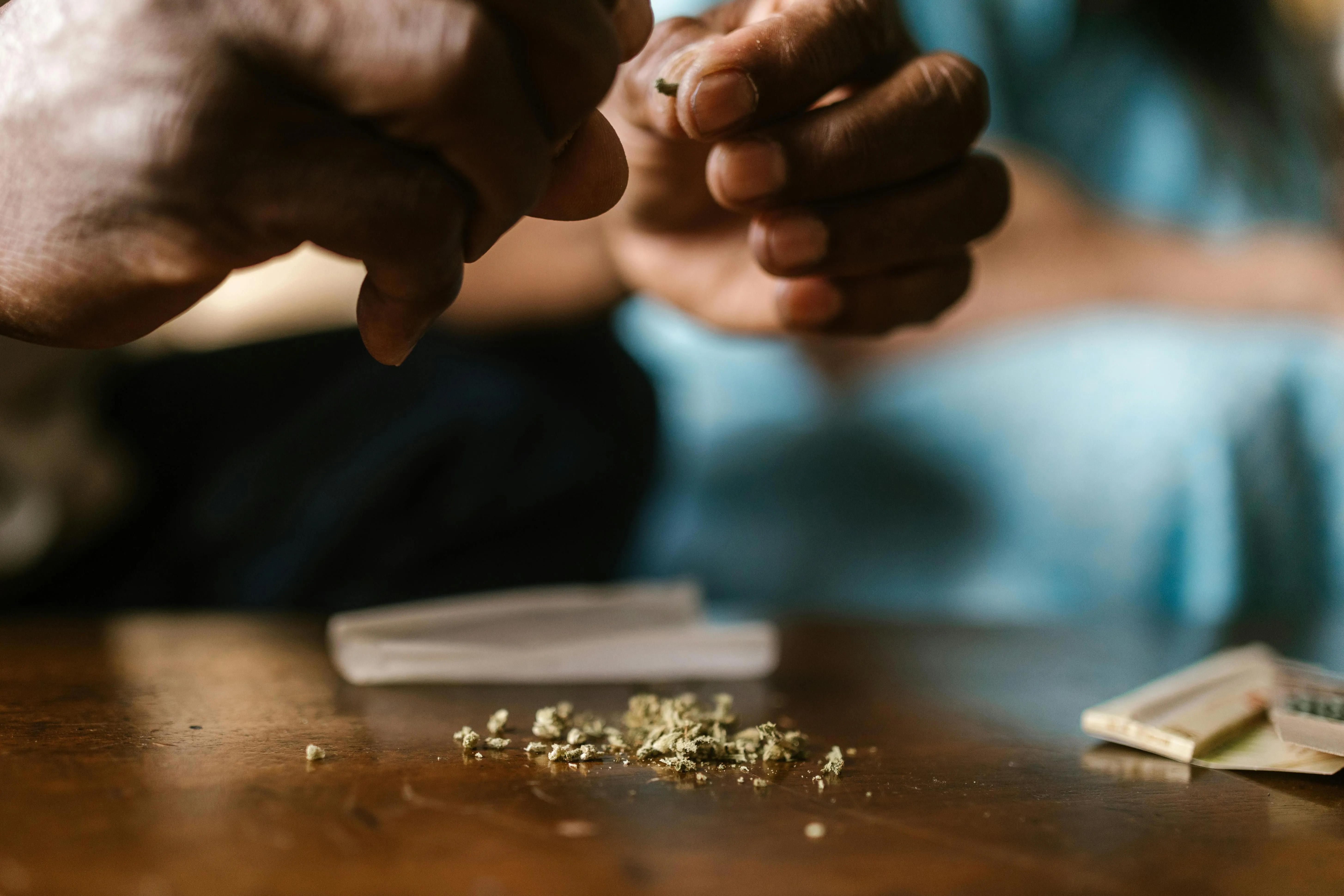Pretty But Perilous: Why You Should Steer Clear of Jimson Weed
Summer’s warmth brings out all sorts of beautiful blooms, but not all flowers are created equal. While some brighten our gardens and inspire poets, others hold hidden dangers. One such plant is jimson weed, a deceptively pretty flower with a dark secret – it’s highly poisonous. 
Jimson weed, also known as Datura stramonium, might catch your eye with its trumpet-shaped blossoms in shades of white, yellow, or purple. It often pops up unexpectedly along roadsides, in fields, and even neglected gardens. But behind its allure lies a cocktail of dangerous chemicals that can wreak havoc on the human body.
A Dangerous Decoy:
Jimson weed contains potent alkaloids like scopolamine, atropine, and hyoscyamine. These substances disrupt the nervous system, leading to a range of unsettling symptoms. Ingesting even small amounts of jimson weed can trigger:
* Hallucinations: Visions, distorted perceptions, and paranoia are common effects.
* Delirium: Confusion, disorientation, and erratic behavior often accompany ingestion.
* Rapid heartbeat: The plant’s toxins speed up the heart rate, leading to palpitations and chest pain.
* Dry mouth and dilated pupils: These are early signs of jimson weed poisoning.
In severe cases, ingesting jimson weed can lead to seizures, coma, and even death.
Why Do People Ingest Jimson Weed?
Despite its dangers, some individuals may seek out jimson weed for its hallucinogenic properties. Unfortunately, these effects are unpredictable and highly dangerous. The plant’s potency varies widely depending on factors like growing conditions and the part of the plant consumed. This means there’s no way to know what dose is “safe,” making any ingestion a risky gamble.
Protecting Yourself and Others:
It’s crucial to prioritize safety when encountering jimson weed. Here are some key steps to remember:
* Avoid touching: Even handling jimson weed can be dangerous, as the toxins can be absorbed through the skin. Wear gloves if you need to remove it from your garden.
* Keep children and pets away: Educate young ones about the dangers of unfamiliar plants and ensure they don’t play near areas where jimson weed might grow. Supervise pets carefully during outdoor playtime.
* Dispose of it safely: If you need to remove jimson weed, double-bag it in plastic bags before disposing of it in your regular trash. This prevents accidental ingestion by wildlife or curious individuals.
* Seek immediate medical attention if poisoning is suspected. Call emergency services right away if someone has ingested any part of the plant.
Remember, curiosity about unfamiliar plants can be understandable, but it’s always best to err on the side of caution. Jimson weed may be a captivating sight, but its beauty hides a potent danger. By understanding the risks and taking necessary precautions, we can enjoy the wonders of nature while staying safe and healthy.